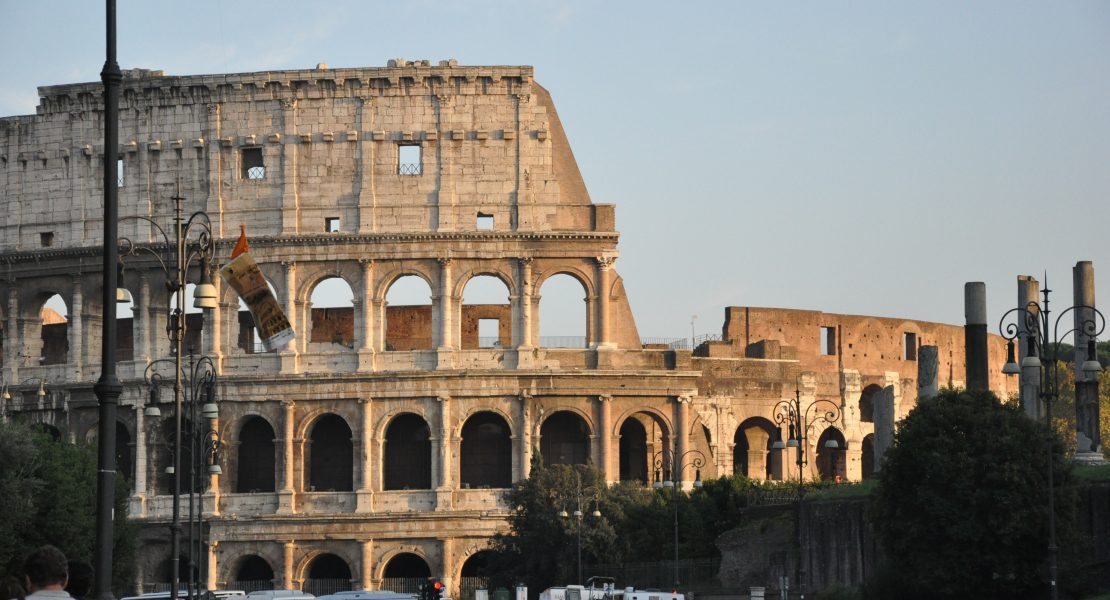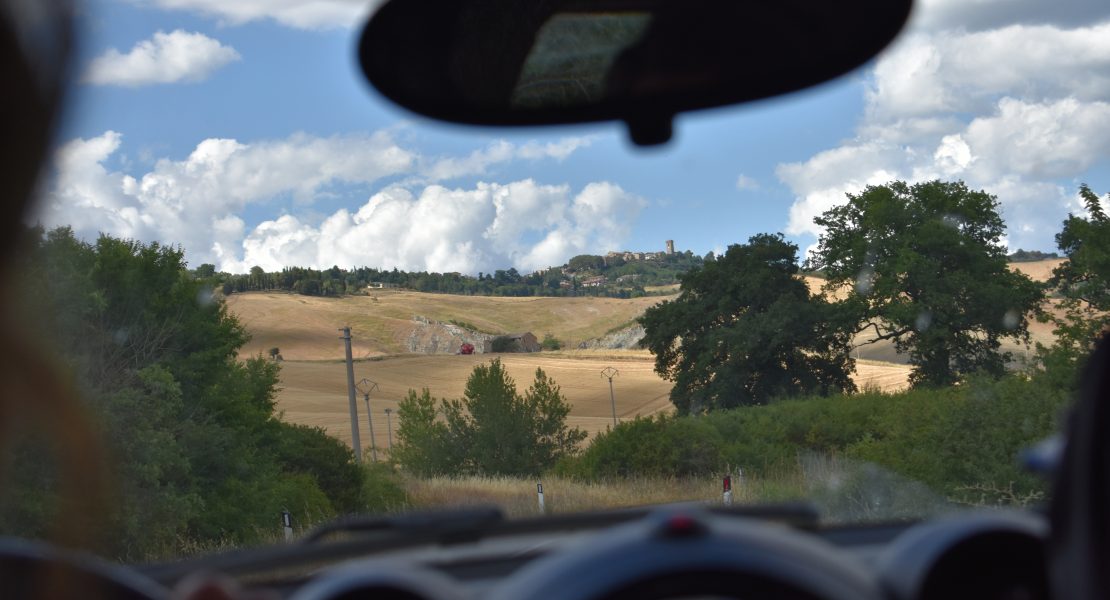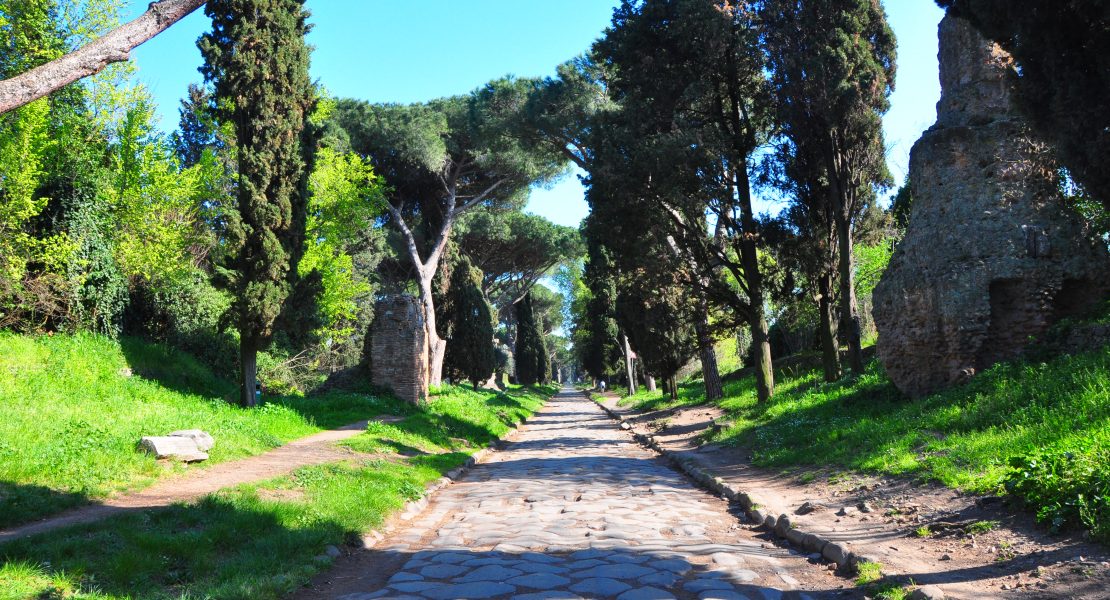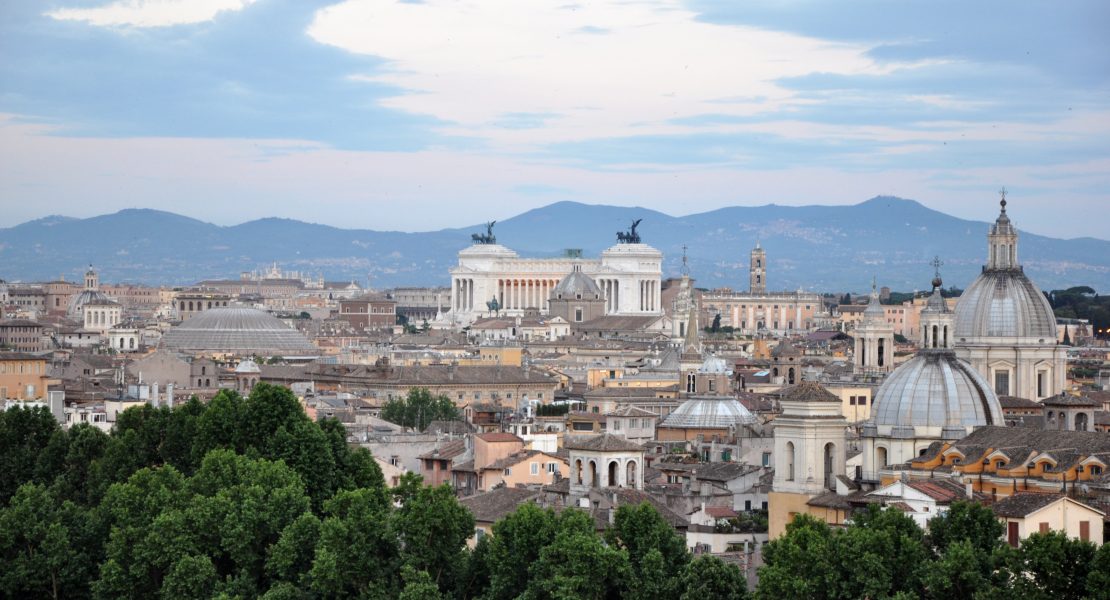
When Il Tajut, my local cultural association, restaurant and wine bar, moved to the Parco degli Acquedotti this summer, I was despondent. When I wanted Italian food — but couldn't face another night of pasta amatriciana, gruff Roman service, and loud, packed restaurants — where would I go?
Thankfully, Il Tajut has returned from exile. And for a restaurant experience unlike Rome's usual offerings, it's as reliable as ever.
From the start, your experience at Tajut will be a little, well, different. Its door will be closed. You won't be sure if it's really a restaurant, or open, or not. Sometimes, you may have to ring the buzzer. And if it's your first time there, you'll also be asked to fill out a membership card with your name and details. That's because Tajut is a cultural association. (More on what that means in an upcoming post). Everyone who dines here has to be a "member."
The good news is, it's a good club to be in…even if, looking around you, you might notice few other members. On a recent Saturday when the restaurant had just reopened, only half of the tables were full. Usually, I take this as a bad omen. In Tajut's case, though, I think the place hasn't really been discovered yet. (Except for a review in Corriere della Sera last year that ripped them apart, particularly for not having many of their dishes on the menu. Oops).
So why recommend them? Because the food is reliably good, if not perfect. (And yes, the limited staff — the owner's always the chef, a blond woman's always the server — is often out of dishes). Most importantly, though, Il Tajut is different.
 The menu features cuisine from Friuli, a small, northern Italian region that borders Slovenia and Austria. There's no amatriciana here; instead, specialties include frico, a flat cake made with potatoes, onions, and cheese (€9), shown at left; spatzli, a kind of pasta well-known to Swiss and Germans (€9); canederli, dumplings that here are made out of bread and mixed with butter and ricotta (€10); and goulash, that hearty stew usually credited with Hungarian origins (€10). The last time I was there, I had a delicious tagliolini with venison ragu and ricotta affumicata (€10). And the wine list is extensive, boasting a number of northern Italian wines that are hard to find elsewhere in Rome.
The menu features cuisine from Friuli, a small, northern Italian region that borders Slovenia and Austria. There's no amatriciana here; instead, specialties include frico, a flat cake made with potatoes, onions, and cheese (€9), shown at left; spatzli, a kind of pasta well-known to Swiss and Germans (€9); canederli, dumplings that here are made out of bread and mixed with butter and ricotta (€10); and goulash, that hearty stew usually credited with Hungarian origins (€10). The last time I was there, I had a delicious tagliolini with venison ragu and ricotta affumicata (€10). And the wine list is extensive, boasting a number of northern Italian wines that are hard to find elsewhere in Rome.
The place isn't perfect. A dish of sausage and potatoes (shown at top) was swimming in even more oil than you'd expect, most of the food is fairly heavy, and the prices are a little high for what's essentially peasant fare. The service (as in, the one waitress) isn't always particularly fast.
But for super-friendly, personalized service, a quiet, whimsical atmosphere, and a taste of something different, Il Tajut is just right.
Il Tajut. Via San Giovanni in Laterano 244, in Celio, near San Giovanni in Laterano and a 10-minute walk from the Colosseum. Dinner only; open from 7pm daily. For a map and more information, click here.



























